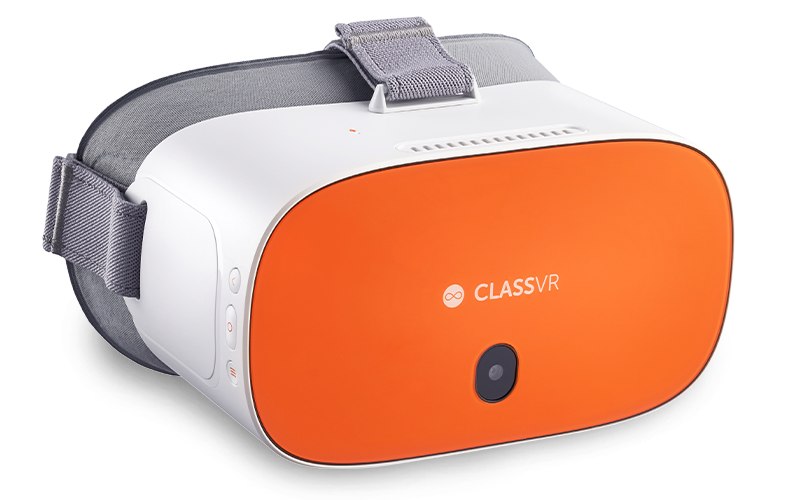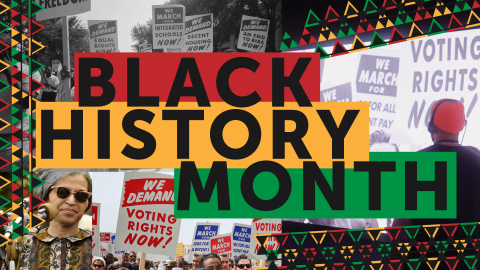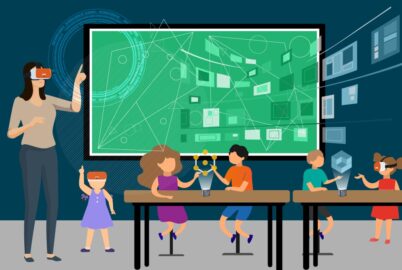
Already playing a role in shaping today’s curriculum and set to define those of generations to come, Virtual Reality (VR) is changing the face of education in the way many other technologies have done before it. But with experiential and emotional learning now a priority focus for educators, how will ever-advancing VR help achieve the outcomes needed to create resilient and well-rounded students?
Perhaps the best way to consider how VR might continue to influence education in the future, is to start by looking back at the technologies that have come before it, and how they’ve shaped today’s curriculum.
Table of contents
The building blocks of education technology
Since the world wide web made its public debut 30 years ago, no technology has come close to achieving the same game-changing status. The internet has not only become the backbone of education, but it also underpins every aspect of 21st century life. Smart phones. Smart homes. Smart classrooms.
Since the early days of dial-up, the internet has consistently improved, with today’s super-fast broadband giving the benefit of connectivity. And it’s this connectivity that’s become the platform for technology to bring even greater value to the classroom.
Connecting classroom and student devices to the internet has been the catalyst for a whole world of new learning opportunities. Laptops, tablets, interactive displays, virtual reality headsets, visualisers and web cams. The list of hardware solutions for supporting learning with technology is growing. But the hardware is only an enabler. A means of providing access to rich learning experiences. It can’t work in isolation. To be fully effective, technology has to be backed by inspiring and informative content.
A hard-working combination of hardware and content has the potential to equip teachers with the tools they need to increase student participation, and also deliver high quality emotional and experiential learning. And with its ability to create immersive environments that are designed to present students with challenges and situations they might not otherwise experience first-hand, VR is offering teachers today the opportunity to unlock a level of interaction and engagement with technology they’ve never been able to before.
The role of student engagement in learning
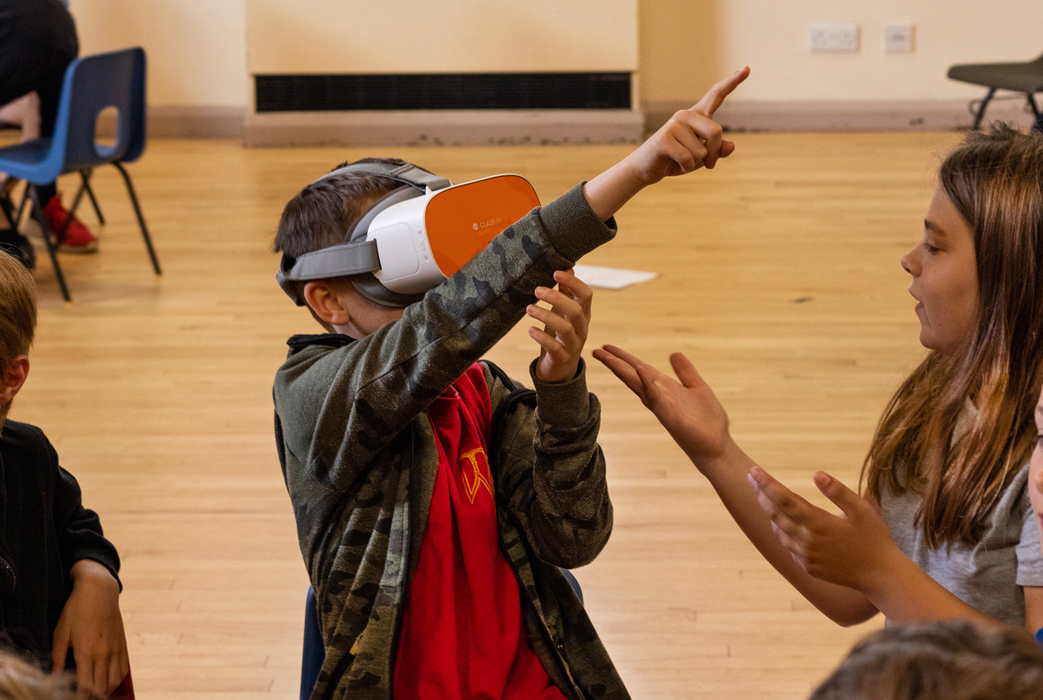
According to EdGlossary, “student engagement refers to the degree of attention, curiosity, interest, optimism, and passion that students show when they are learning or being taught, which extends to the level of motivation they have to learn and progress in their education.”
While this definition captures the essence of student engagement in the context of general learning and development, Kearsley and Schneiderman (1998) have evolved a theory that sharpens focus on technology specifically. Their Engagement Theory, A Framework for Technology-Based Teaching and Learning is a two-decade old concept that talks about students being meaningfully engaged in learning activities through interaction. It’s provided education with a framework for technology-based teaching, with the authors promoting collaborative and project-based learning with an authentic focus.
Crucially, when looking ahead to how VR might change the future of education (if you’re new to VR, here’s a great article that tells you everything you need to know), the Engagement Theory of Learning suggests that technology can facilitate engagement in a way that might be difficult to achieve otherwise.
While student engagement remains a core part of pedagogical approaches, there’s also an established research base that looks at the importance of experiential learning, and emerging evidence that emotional learning plays a key role in students’ development.
Experiential and emotional learning in education
The concept of experiential learning and its benefits have been extensively researched and documented. One of the most widely used is the ‘Learning Pyramid’, developed by American psychiatrist William Glasser in the 1960s, which shows that the more active a student is in their learning, the more average retention rates increase.
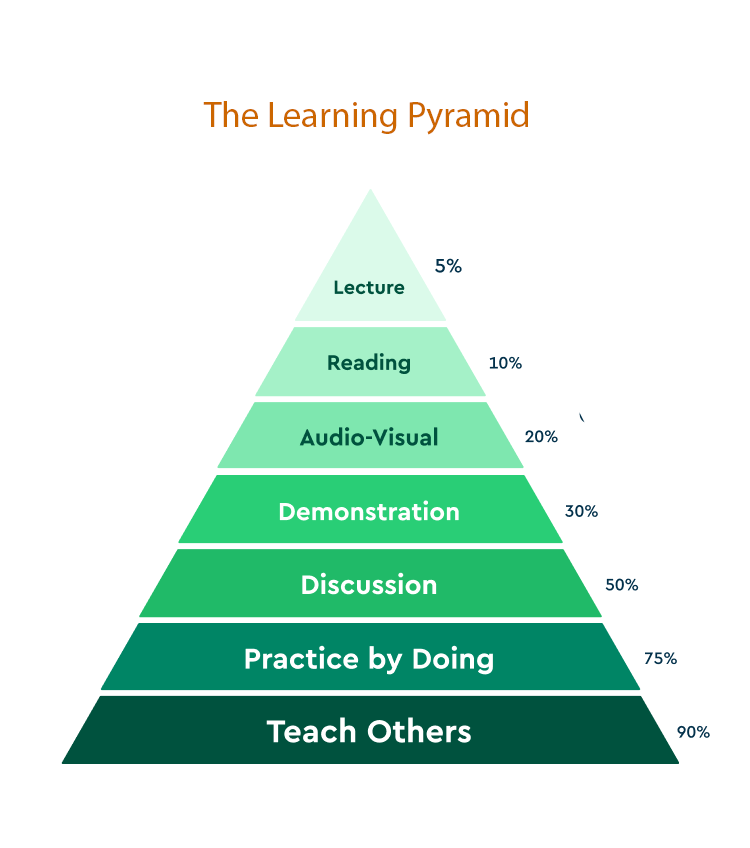
Beyond this, the experiential learning cycle, developed by David Kolb in 1984, is one of the most influential approaches to learning. Pioneered by Kolb, this four-step process denotes that learning is initiated by a concrete experience, which is then the catalyst for reflection, thinking and acting.

Although a seemingly new research area, Moreland University provides an introduction to emotional engagement in an article which takes a steep dive into ‘deepening students’ emotional engagement’, noting that increased emotional engagement improves learning.
Moreland believes emotional engagement is best encouraged by fostering dialogue-based over monologue-based classrooms. This would see students lead discussions, as opposed to the teacher. This student-centred approach to learning positions the teacher as facilitator as opposed to instructor. Evolving an emotional engagement strategy further, Moreland suggests using practices which develop emotional wellbeing around learning.
While increasing student engagement remains a core teaching objective, these theories are just a starting point. There is additional research that advises teachers to see these theories as flexible, and able to adapt to the different learning styles students possess. When we unpack this further, this is best achieved by facilitating high quality experiential and emotional learning – which VR can help provide, enhancing teaching methods with a wealth of benefits.
How to bring experiential and emotional learning to the classroom
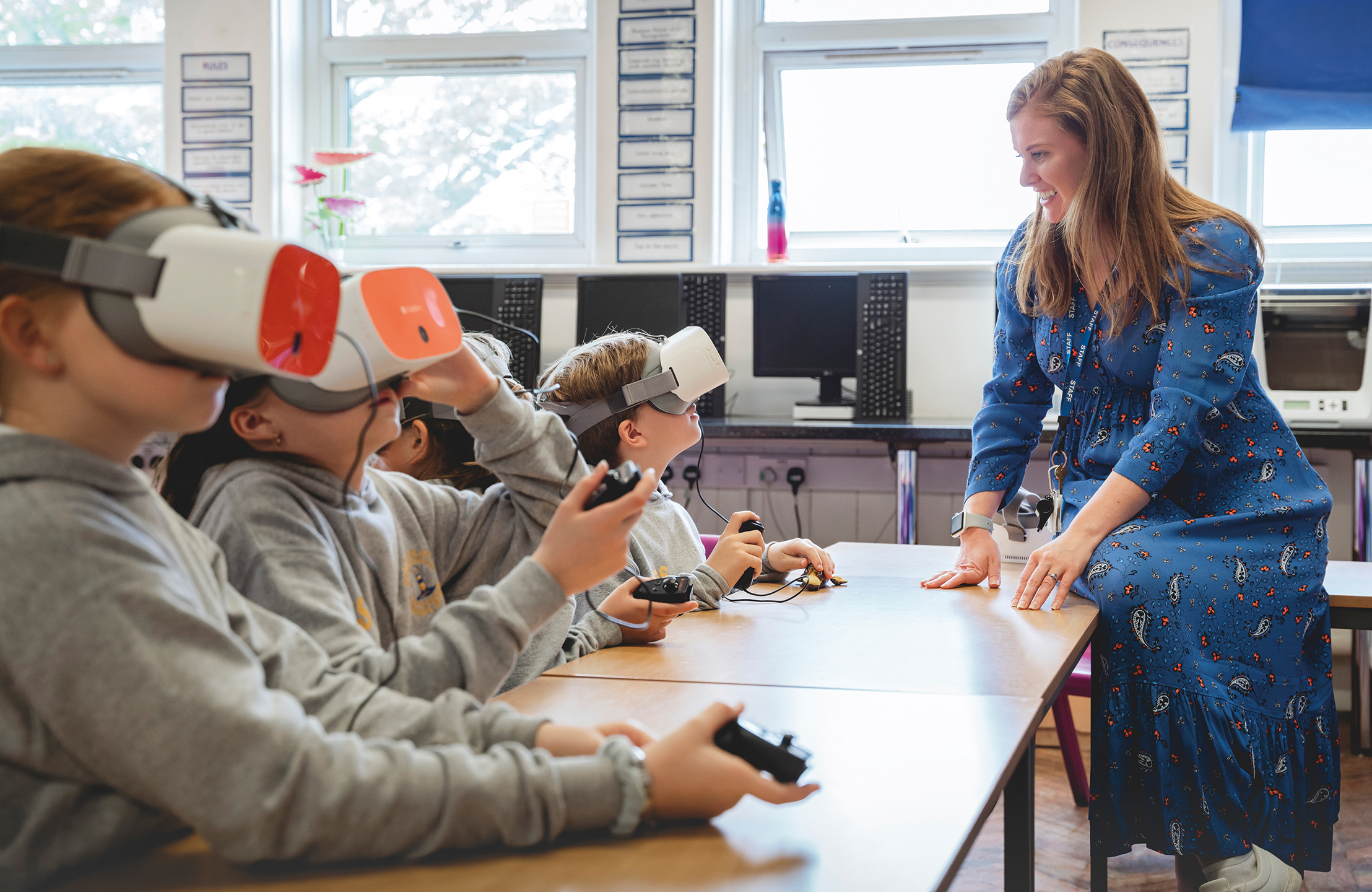
As technology has evolved over the past three decades, the student learning experience has steadily progressed.
Early ways to learn would have been passive, with teachers lecturing in a monologue-based classroom and students reading textbooks. Fast forward to today, there are an increasing number of schools with access to STEM Labs, music and performance theatres, and well-being centres, all of which provide a greater opportunity for experiential and emotional learning. And when we look at the accessibility of virtual reality for education today, it’s easier than ever to bring experiential and emotional learning to the classroom.
The advantages of virtual reality in education, particularly for supporting experiential and emotional learning, are far reaching. Think about teaching climate change. Can a textbook engage with a student on an emotional level? Now, think about taking them on a journey to experience the impact of climate change for themselves. Using a VR headset and content designed specifically for your curriculum, you can transport students to the rainforest so that they can see what will happen to the animals. They can explore the impact on habitats. And they can be there as the environment declines. Teachers can build on this experience to stimulate group discussions, creating a dialogue-based classroom that is student-centred – and known to increase engagement.
The role of VR in education today
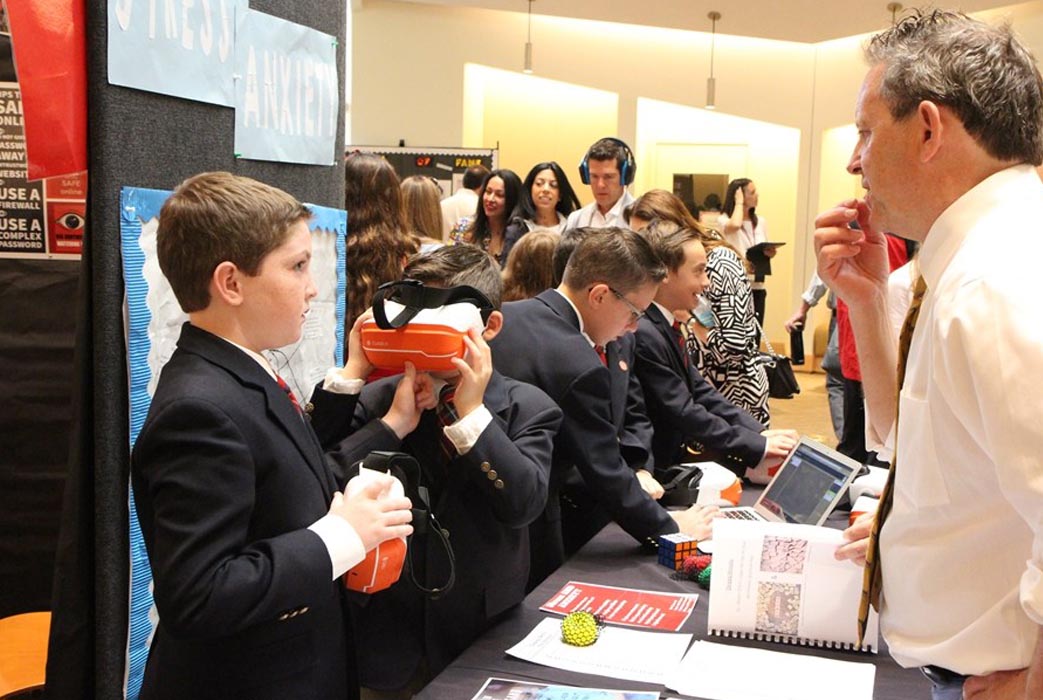
Schools around the world are harnessing the potential of virtual reality in a diverse range of ways. While many are putting student engagement theory into practice with experiential learning, others are exploring more innovative ways to integrate VR into curriculum delivery, including using VR headsets with other classroom technologies.
St Walter School in Illinois is one such school, who has introduced ClassVR alongside a design package and 3D printer with its 8th graders. Using these three tools together has given students the perfect 3D production kit as the designs can be imported into ClassVR to visualize the final print. As well as enabling students to identify potential errors in design, it’s also an opportunity to enhance and refine – all before pressing print on their creations.
The role that VR can play in supporting students with special educational needs and disabilities (SEND) is also becoming increasingly clear. For Westhaven School in England, virtual reality is enabling teachers to meet the individual needs of students with autism by creating specific learning contexts. Using ClassVR to explore virtual worlds in their free time has led these students to have increased attention spans during lessons, making a positive impact on their development.
VR is also being widely used to build students’ cultural capital, which in turn helps to improve their life chances and social mobility. Schools with varied socio-economic statuses often teach students who haven’t had the opportunity to experience different countries or cultures due to financial constraints. Using virtual reality, these financial barriers are removed as students can explore anywhere in the world from the classroom. This is exactly what Allfarthing Primary School in England is doing. When considering the use of VR in school, increasing accessibility and building students’ cultural capital was a driving force behind the ultimate investment in ClassVR – which has been a huge success.
As more schools explore the potential of virtual reality and realise the wide-ranging benefits it delivers for students’ personal and educational development, the role of VR in education today is expected to expand even further. But what about the world of tomorrow?
The future of VR in education
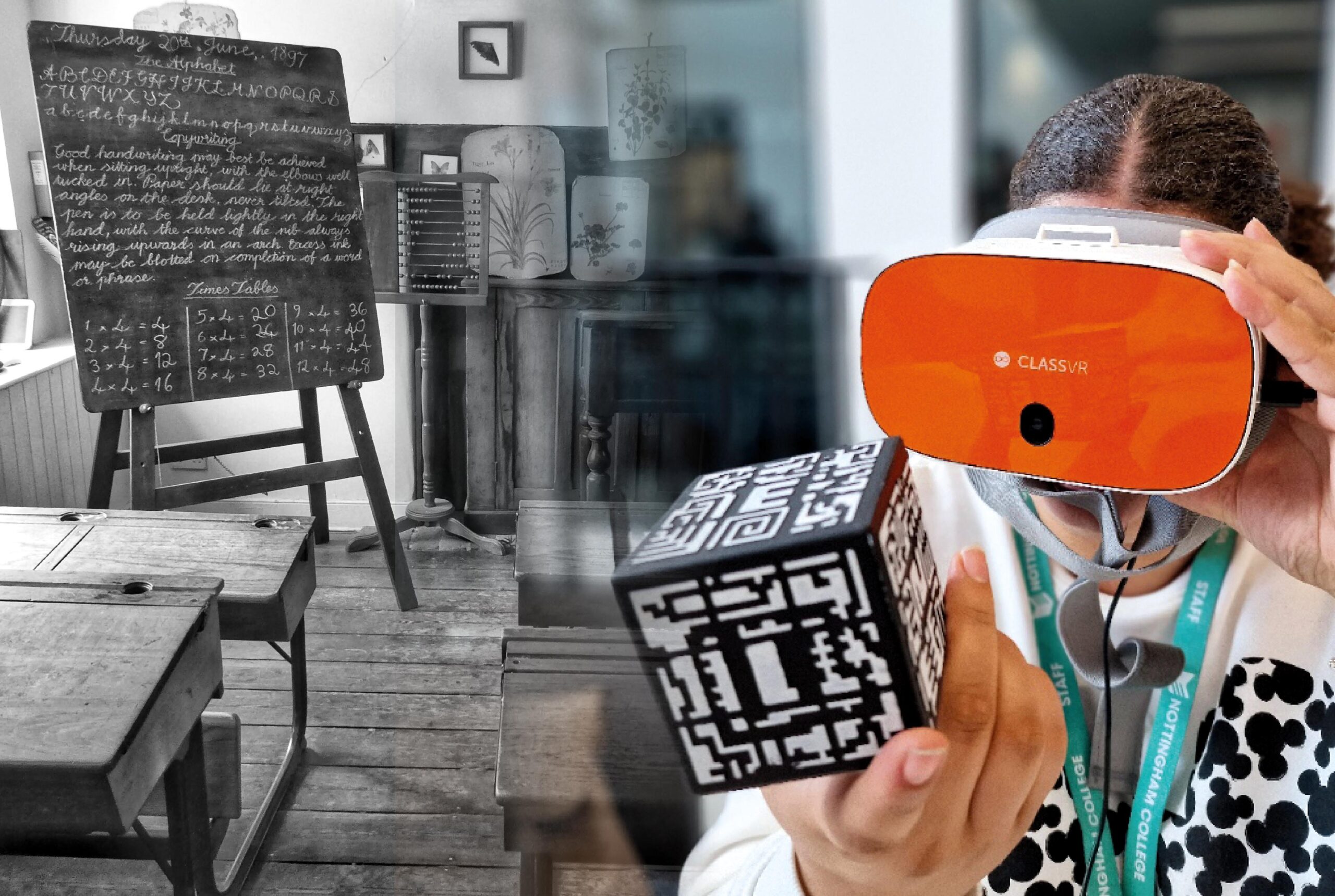
We live in an increasingly digital world, which requires us to think differently. The lessons of today are preparing students for a future where there will be professions that don’t even exist yet. This places a huge amount of pressure on education. Students need to become lifelong learners if they are to thrive in a world that keeps evolving at pace.
It’s impossible to teach students everything, especially when we don’t know what they might need for their future. But what we can empower them to do is learn through experience and help them respond to those situations appropriately. Life will always be rich with experiences, so the more we can give them as they develop core competencies, life skills and their personalities, the greater chance they have of fulfilling their potential.
Like all technology – and just as the world around us continues to change – VR will keep evolving and there’s no way of predicting how it might shape future education. What will be vital, is for educators to stay informed about how VR is advancing so they can begin to think about the opportunities it presents to them, and to their students. What we know for certain, is that VR – however it may look in decades to come – gives teachers the tools that take students on a journey, where the impossible is possible - an experience without limits, in a world that knows no bounds.
